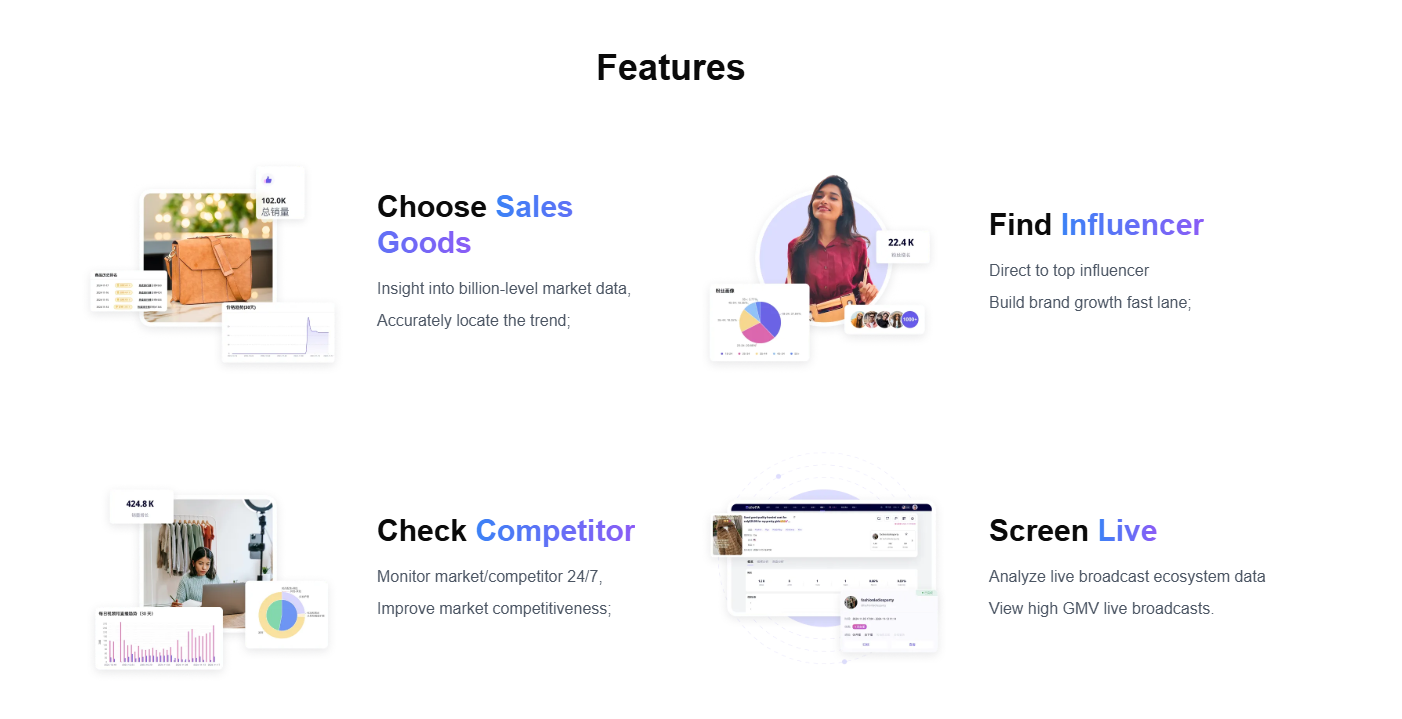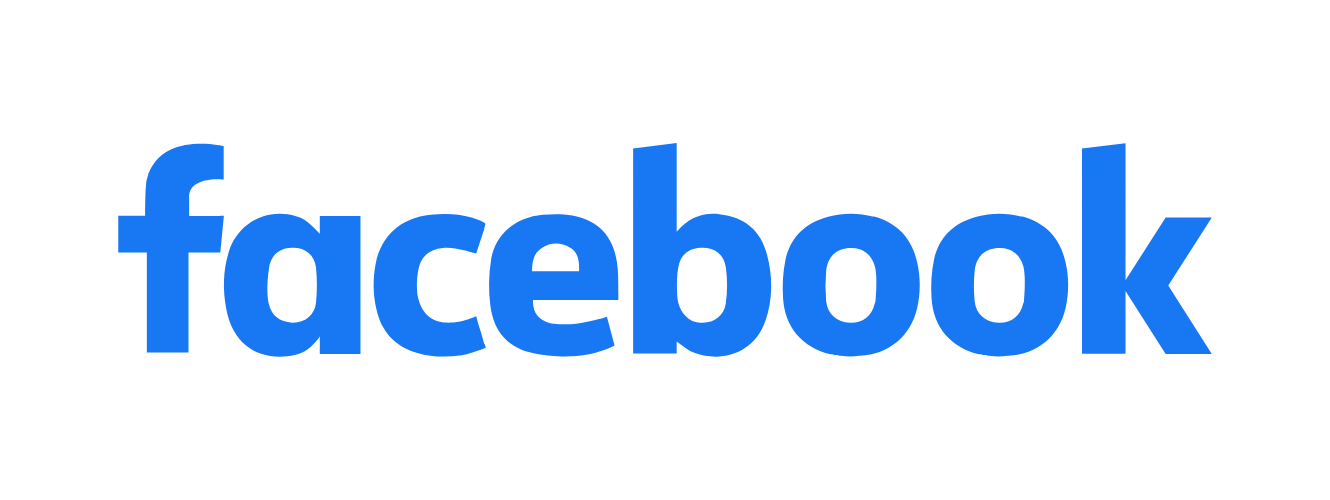A beauty brand with a scale of over 3 billion yuan only sold 20,000 yuan in a certain top-ranked live-streaming room

Recently, we have entered the underwater cycle of Double 11. Let's talk about Double 11 again after the festival.
Before that, I'd like to talk to you all about the ecosystem of cooperation between brands and influencers/streamers that you might be more concerned about. Although, for instance, Douyin's rules this year tend to favor self-broadcasting, without the accumulation of influencers and seeding, where can self-broadcasting achieve good returns?
Of course, this article of mine is not about how to do a good job in live-streaming based on Double 11.
If I were better than all of you in this aspect, I should be on the list instead of in the text on the official account.
What I want to share with all my industry friends is how to treat cooperation with live-streamers, even top ones, more rationally and how to view their roles more rationally.
If a live-streamer sells you 460 yuan in the first session, can you predict that he will sell you 70 million yuan two years later?
In July, I shared with a friend who is an e-commerce operator of a brand with a scale of nearly 100 million.
He disclosed that their brand was featured in a live-streaming assistant session of a certain super top live-streaming room, but only sold for 20,000 yuan (fortunately, the other party refunded all their service fees).
I originally thought that such a thing would only happen to these relatively small and medium-sized beauty brands. Unexpectedly, such a blunder incident doesn't distinguish between big and small brands.
Recently, a friend who is a service provider told me that a heavy beauty brand they serve with a scale of over 3 billion yuan (I can't give the exact scale as it would be very easy to match) was sold for 20,000 yuan in a certain top-tier live-streaming room.
There are two points here that I need to make clear: 1. At present, it is certain that you should not blindly believe in super top brands, especially those with insufficient traffic. Brands with a scale of less than 1 billion are typical.
If you still dream of relying on them to stay alive today, you may have already entered the zone of waiting for death.
2. Not all categories can sell well in Super Head's live-streaming room. The aforementioned company with over 3 billion yuan has its own brand positioning and core audience, which does not fully match Super Head.
Do you still remember the memorable moment when the men's line of a certain international brand only sold 1,200 sets in Li Jiaqi's live-streaming room within 10 minutes and the numerous viral comments saying "He doesn't deserve it"? These two have similar failures.
I believe that the stage of treating streamers, especially top ones, as gods has long passed. Both big and small brands can tell the difference.
There are also two cases here: 1. A well-known mask brand with a market value of over 1 billion yuan also shone brightly in the previous promotion.
However, in reality, Super Head suggested that it reduce the price by another 10 yuan to make its mechanism more cost-effective than that of OLAY's products.
But this brand just refused to lower the price. Actually, I think this is correct. Because once you break the 10-yuan mark, it might break 10 yuan again during this year's 618, and continue to do so during next year's 618. Eventually, on next year's Double 11, this product might become a "sacrifice".
2. The person in charge of an e-commerce platform for a skincare brand with over 4 billion yuan worth of products told me that although the top-selling positions may seem not expensive, when calculated based on the positions, various sessions, and various mechanisms, one promotion session has to aim for nearly 2 million yuan.
If 10 million yuan cannot be sold in one session, it would be a losing deal.
Of course, for a brand at this level, selling 10 million yuan in a single live-streaming session in a super top live-streaming room is not something with an extremely high risk factor.
However, in the words of this e-commerce executive, there is a hint of "chicken rib", and a very important reason for this is:
① It involves the entire company's energy and resources;
② The consumption of the back-and-forth tug-of-war mechanism, especially the psychological fatigue of negotiations that are always on the verge of breaking the price;
③ Regarding the expected crisis of a future decline, because this future might be the next major promotion rather than a few years later.
So this brings us to the second topic - as a brand, what exactly do you consider influencers/streamers to be? It turns out that many brands, perhaps in a rather common way, all treat influencers/live-streamers as channels, a way to sell goods.
In such a channel relationship, apart from some top and super-top live-streamers, there may be multiple cooperative relationships.
For ordinary mid-to-lower-level influencers/live-streamers, it's basically a one-off transaction relationship. As long as they try to sell through your "channel", it won't work. And recently, I've heard that the best answer to the question "What should you consider a influencer or a live-streamer?" is to consider them as distributors.
Let's take a look at the case of the following brand (it's not convenient to disclose the specific brand) : In July 2022, a certain brand collaborated with a potential influencer for its first live stream and sold 460 yuan.
In our normal circle, it is definitely the case that influencers or live-streamers selling for 460 yuan would be classified as spam or idle accounts. However, this brand was not like that. Their team arrived at the person's studio overnight to have in-depth discussions and analyses with him on exactly which links had problems, especially by elaborately introducing their own products and the selling points of the products, etc.
This further enhanced mutual trust between both sides and tapped into the sales capabilities of the influencer. It was the same July of 2023. During this year's cycle, the two sides had cooperated over 120 times, with a cumulative sales volume of 240,000 yuan. Look, at this time, sales are not really good either, but they are much better than in 2023.
The sales per session have increased fivefold, and on average, each session can generate over 2,000 yuan. However, by April 2024, over a period of more than half a year in between, there were over 1,000 explosive live-streaming collaborations, with a cumulative sales volume reaching over 70 million yuan.
The average sales per event was not high, at around 50,000 yuan, but it was a 25-fold increase compared to 2023. This case is particularly in line with Zhang Yiming's "delayed gratification". Everyone can ask themselves: In such an impetuous and ROI-driven era, can you persist until the second year without cancelling the cooperation with this expert, and wholeheartedly guide his progress, ultimately achieving a win-win situation in terms of revenue?
In the early days of traditional offline sales, there were indeed many distributors who grew up in this way along with the brands. Thinking about π Uncle himself, it seems that he also started his career in the beauty industry from an internship salary of 800 yuan back then.
In the past, when carriages and horses moved slowly, people's hearts were exchanged for each other.
Nowadays, data is fast, and labels can be exchanged for sales volume. However, the human touch in business is far too weak. The case I mentioned above is not a common one. Because there are really not many brands that would persist in and believe in such long-term returns, especially those at the traffic execution level.
They find it hard to see the future potential of an influencer.
Therefore, in most cases, a brand will miss such a "70 million" business opportunity. Or, many brands' executive levels are scrambling to get a chance of "70 million" in top-tier live-streaming rooms, but in reality, they are increasingly likely to get the harsh reality of "20,000", and "70 million" belongs to those "stupid brands", "brands from marginal regions", and "non-mainstream brands".
As for the real brand mentioned above, I have witnessed with my own eyes its growth from 200 million yuan in 2022 to 1 billion yuan last year, and it is almost certain that it will reach 2 billion yuan this year.
- Art
- Causes
- Crafts
- Dance
- Drinks
- Film
- Fitness
- Food
- Jogos
- Gardening
- Health
- Início
- Literature
- Music
- Networking
- Outro
- Party
- Religion
- Shopping
- Sports
- Theater
- Wellness

